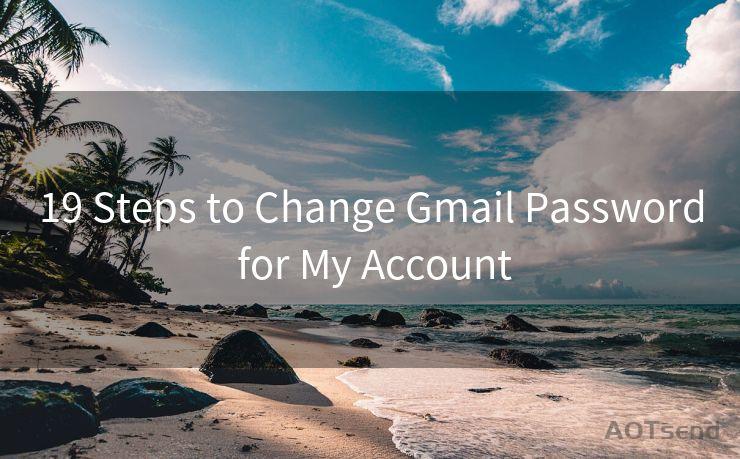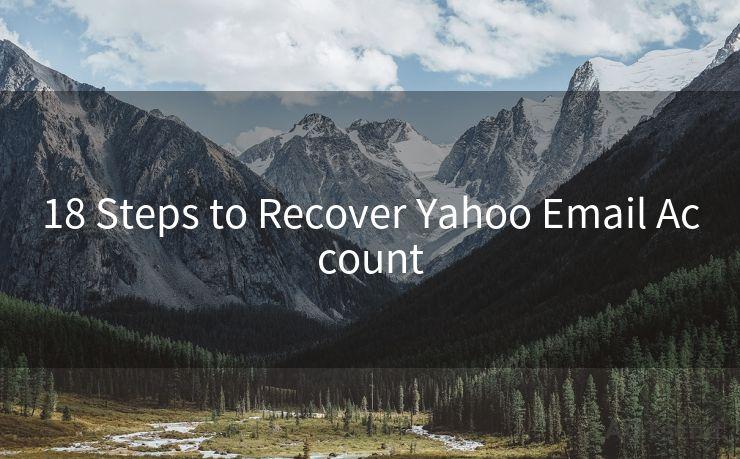15 Best Practices for OAuth 2.0 Email Client
Hello everyone, I’m Kent, the website admin. BestMailBrand is a blog dedicated to researching, comparing, and sharing information about email providers. Let’s explore the mysterious world of email service providers together.




When it comes to implementing an OAuth 2.0 email client, there are several best practices that you should follow to ensure secure and efficient integration. OAuth 2.0 is an authorization framework that enables applications to obtain limited access to user accounts on an HTTP service, such as Gmail. By adhering to these best practices, you can avoid common pitfalls and create a more secure and user-friendly email client.
1. Use HTTPS for All Communication
Ensure that all communication between your email client and the OAuth 2.0 provider is done over HTTPS. This ensures that sensitive information, such as access tokens and user data, is transmitted securely.

2. Implement Proper Error Handling
When implementing OAuth 2.0, it's crucial to have robust error handling mechanisms. Your email client should be able to gracefully handle situations where the user denies access, the access token expires, or there are network issues during the authentication process.
3. Request the Minimum Required Scopes
When requesting access to a user's account, only ask for the minimum scopes necessary for your application to function. This helps maintain user trust and reduces the risk of privacy violations.
4. Store Tokens Securely
Access tokens and refresh tokens should be stored securely, such as in an encrypted format, to prevent unauthorized access. Avoid storing tokens in plain text or in insecure locations.
5. Use Refresh Tokens for Long-Term Access
When possible, use refresh tokens to obtain new access tokens instead of repeatedly prompting the user for authorization. This provides a better user experience and allows for longer-term access to the user's account.
6. Implement Logout Functionality
Provide a way for users to log out of your email client, which should revoke the access token and clear any stored authentication information.
7. Validate Tokens Before Use
Always validate access tokens before using them to access user data. This helps ensure that the token is valid and hasn't been tampered with.
8. Handle Token Expiration Gracefully
Access tokens have an expiration date. Implement mechanisms to handle token expiration gracefully, such as by using refresh tokens or prompting the user to re-authenticate.
9. Respect User Privacy
Only access and store the minimum amount of user data necessary for your application to function. Be transparent about how you're using and storing user data.
10. Keep Up With OAuth 2.0 Updates
The OAuth 2.0 specification and best practices evolve over time. Stay up to date with the latest developments to ensure your email client remains secure and compliant.
11. Use Standard Libraries and Frameworks
When implementing OAuth 2.0, consider using well-maintained libraries and frameworks that have undergone rigorous security testing.
12. Avoid Storing Sensitive Information in the Client
Never store sensitive information, such as passwords or client secrets, in the email client itself. These should be securely stored on the server side.
13. Implement Rate Limiting and Throttling
Protect your email client from abuse by implementing rate limiting and throttling mechanisms to prevent excessive API requests.
14. Provide Clear User Consent
Ensure that the user consent process is clear and transparent, outlining the scopes of access being requested and how the data will be used.
15. Regularly Audit and Update Your Security Practices
Conduct regular security audits to identify and address any vulnerabilities in your OAuth 2.0 implementation. Stay vigilant and update your security practices as new threats emerge.
By following these 15 best practices for OAuth 2.0 email clients, you can build a secure and reliable integration that protects user data and provides a seamless experience for your users.




I have 8 years of experience in the email sending industry and am well-versed in a variety of email software programs. Thank you for reading my website. Please feel free to contact me for any business inquiries.
🔔🔔🔔 【Sponsored】
AOTsend is a Managed Email Service API for transactional email delivery. 99% Delivery, 98% Inbox Rate.
Start for Free. Get Your Free Quotas. Pay As You Go. $0.28 per 1000 Emails.
You might be interested in:
Why did we start the AOTsend project, Brand Story?
What is a Managed Email API, How it Works?
Best 24+ Email Marketing Service (Price, Pros&Cons Comparison)
Best 25+ Email Marketing Platforms (Authority,Keywords&Traffic Comparison)
Scan the QR code to access on your mobile device.
Copyright notice: This article is published by AotSend. Reproduction requires attribution.
Article Link:https://www.bestmailbrand.com/post3793.html











